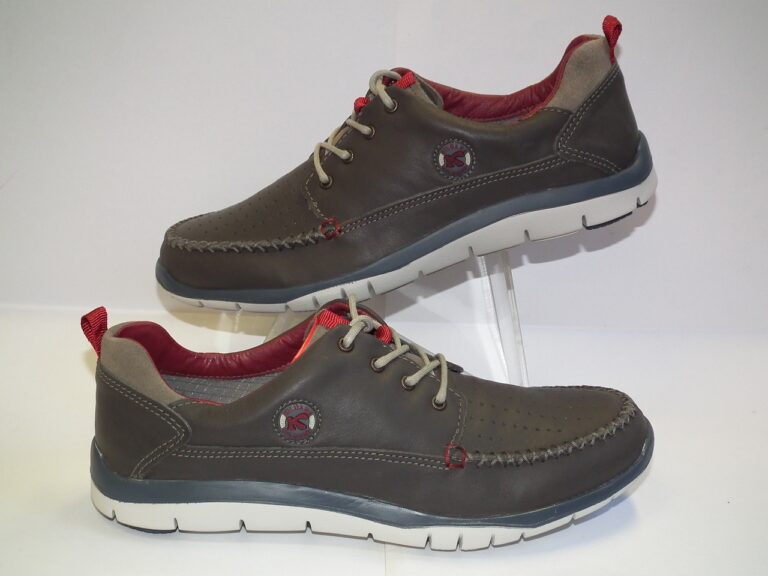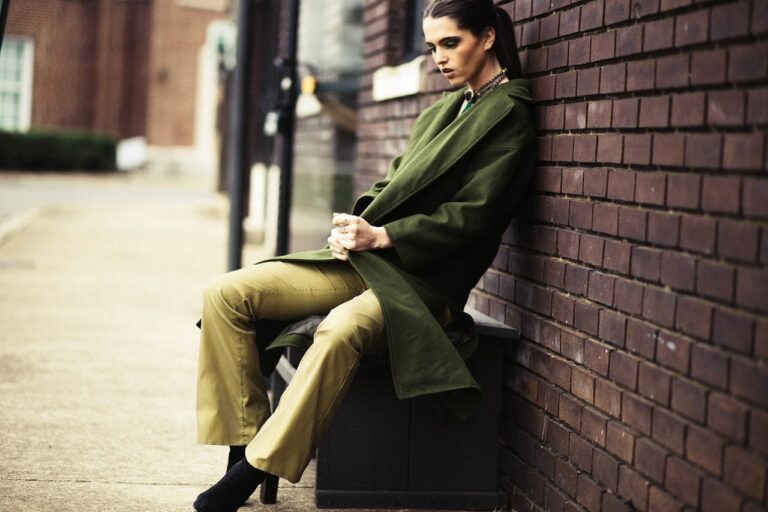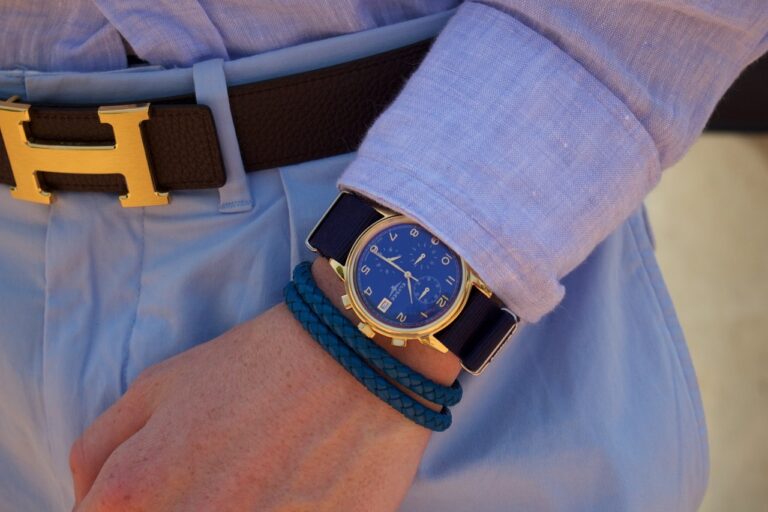The Influence of Architecture on Fashion Design Aesthetics
Architecture has always been a rich source of inspiration for fashion designers around the world. The intricate lines, geometric shapes, and structural elements found in various architectural marvels often serve as a starting point for innovative and creative designs in the fashion industry. Designers draw upon the aesthetics of iconic buildings, bridges, and monuments to create unique collections that marry the worlds of architecture and fashion seamlessly.
From the sleek lines of modern skyscrapers to the ornate detailing of historical landmarks, architecture offers a diverse range of visual stimuli that can be translated into striking fashion pieces. The play between light and shadow, the juxtaposition of different materials, and the balance between form and function in architectural designs all contribute to the dynamic and evolving landscape of fashion. By looking to architectural masterpieces for inspiration, fashion designers are able to push the boundaries of creativity and produce garments that are not only visually captivating but also conceptually rich.
Similarities in Lines and Shapes between Architectural and Fashion Designs
Lines and shapes in both architecture and fashion have a significant influence on each other. The clean lines and geometric shapes seen in architectural structures often find their way into fashion pieces, creating a sense of symmetry and balance. This interplay between the two disciplines highlights the importance of form and structure in both fields, showcasing how design elements can transition seamlessly from buildings to garments.
Architectural structures such as skyscrapers, bridges, and arches often inspire fashion designers to incorporate strong lines and bold shapes into their creations. These architectural elements add a sense of strength and stability to fashion pieces, creating a visual impact that resonates with the wearer. The parallels between architectural and fashion designs demonstrate the versatility of lines and shapes in conveying a message or evoking a certain mood in both disciplines.
Incorporating Structural Elements from Architecture into Fashion Pieces
Fashion designers often draw inspiration from the world around them, and one of the most unexpected sources of creativity can be found in the realm of architecture. By incorporating structural elements from iconic buildings into their designs, designers are able to infuse a sense of strength and sophistication into their pieces. The clean lines and geometric shapes of architectural wonders such as the Eiffel Tower or the Guggenheim Museum can serve as a blueprint for creating visually stunning and structurally sound garments.
Architectural influences in fashion not only add a unique aesthetic dimension to clothing, but they also bring a sense of functionality and practicality to the design process. From incorporating the sleek metal frames of skyscrapers into accessories, to mimicking the fluid curves of a bridge in a dress silhouette, the fusion of architecture and fashion allows for a harmonious blend of form and function. By marrying the worlds of construction and clothing, designers are able to create garments that not only stand out for their artistic appeal but also for their innovative use of structural elements.





